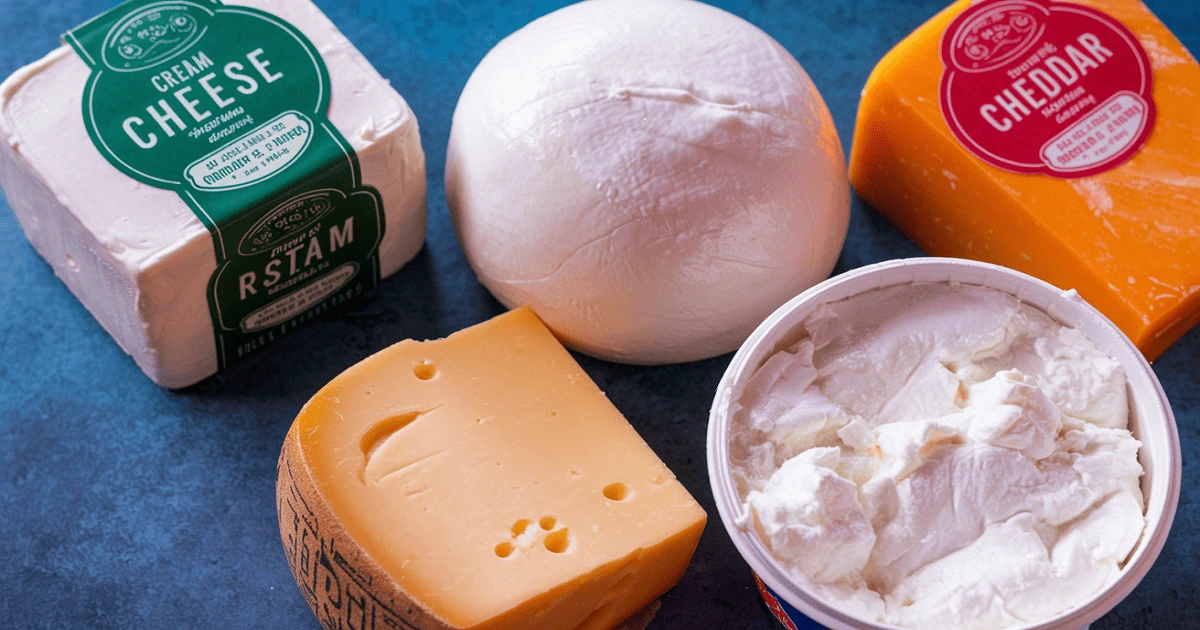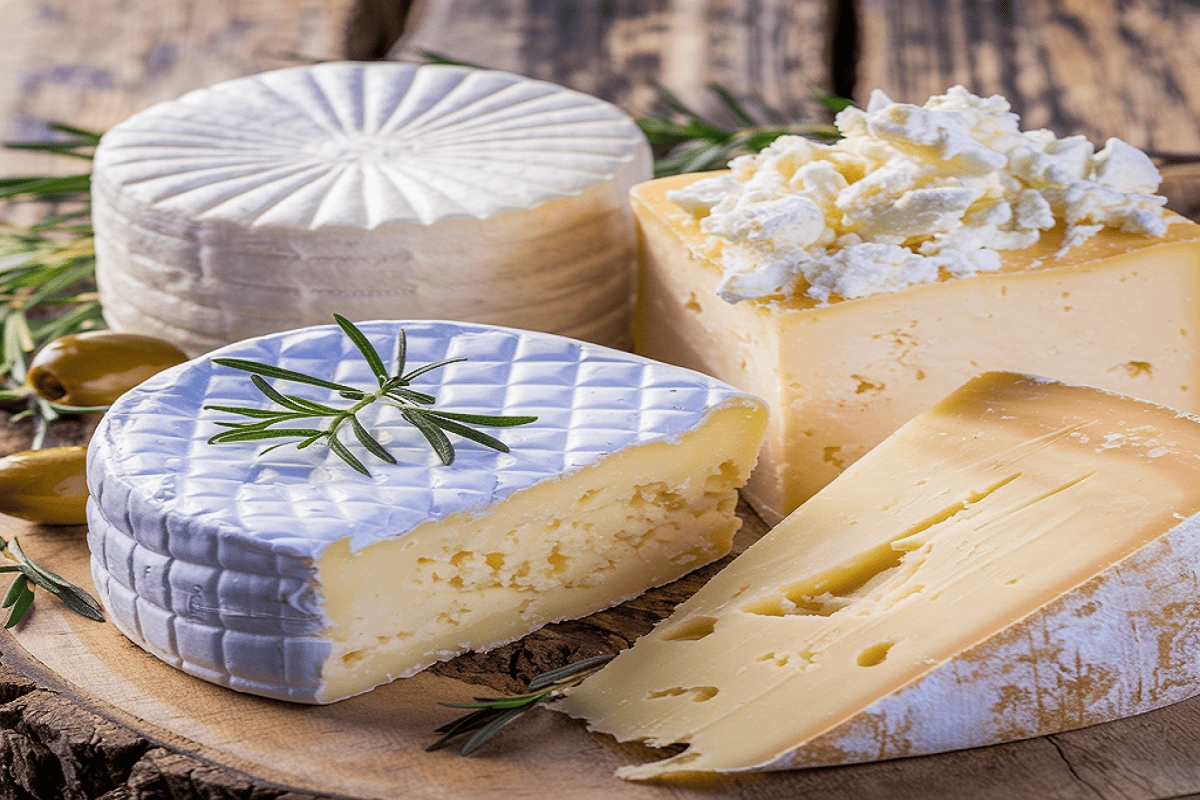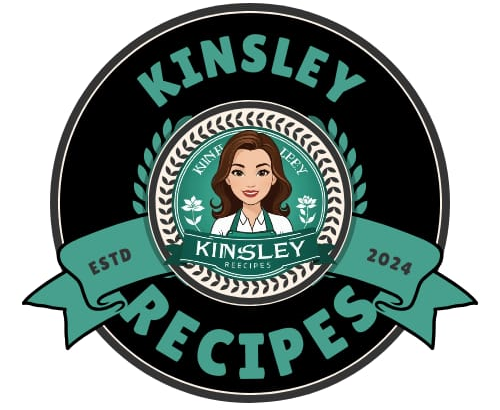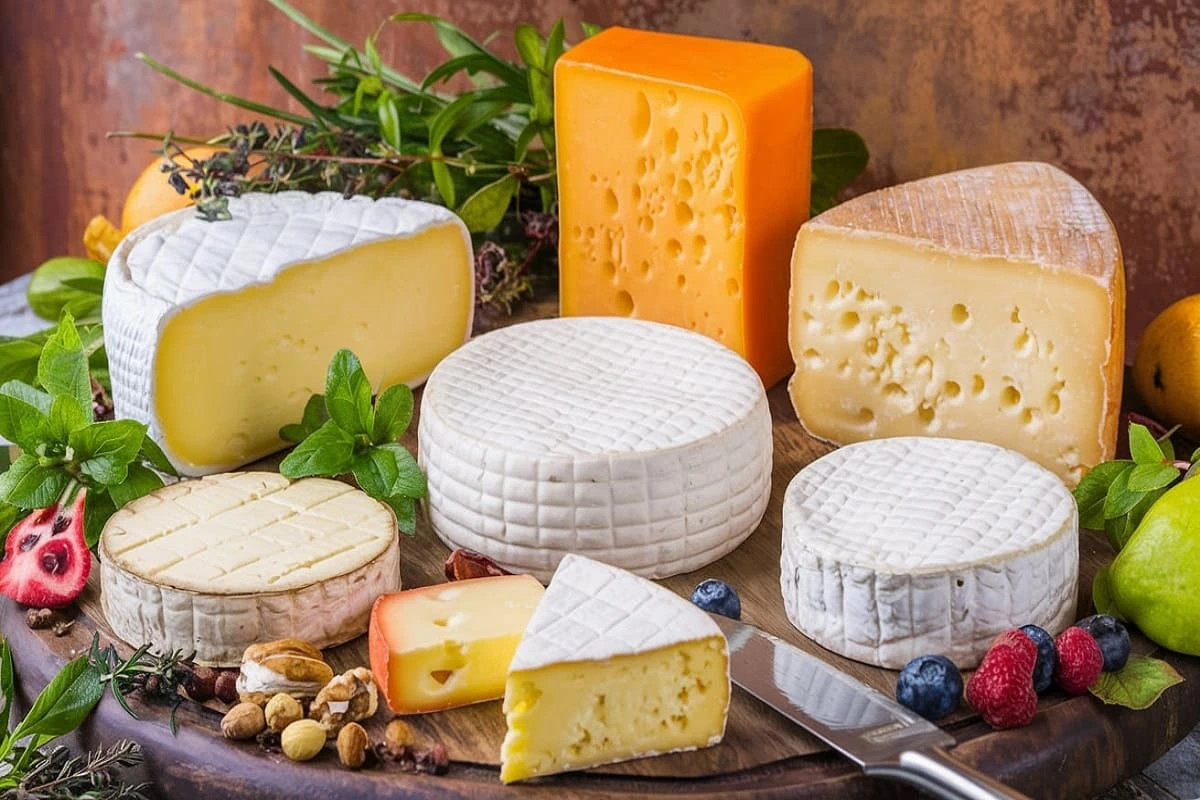Choosing the right cheese for baking is essential for creating delicious, rich, and flavorful dishes. Different types of cheese behave uniquely when exposed to heat, affecting the texture, taste, and overall result of your recipe. Whether you’re crafting a creamy cheesecake, a gooey pizza, or a savory bread, understanding how various cheeses melt and combine with other ingredients is crucial.
From versatile options like cream cheese and mozzarella, which bring smoothness and stretch to dishes, to sharp and flavorful choices like cheddar and feta, each cheese offers something special. Specialty cheeses such as Gruyère and baker’s cheese elevate gourmet baked dishes, adding complex flavors and textures.
In this guide, we’ll explore the best types of cheese to use for baking, their unique properties, and how to select the right cheese for your recipe to ensure a successful and tasty outcome every time.
The Chemistry of Cheese in Baking
When it comes to baking, the way a cheese reacts to heat is crucial. The two main factors that influence this are fat content and moisture. Cheeses with higher moisture content tend to melt into a smooth, gooey consistency, making them perfect for dishes like casseroles or pizza. On the other hand, low-moisture cheeses create crispy, golden crusts, ideal for gratins or baked bread.
Cheese reacts to heat in three phases:
- Melting: The solid fat liquifies, making the cheese stretchy and gooey.
- Browning: Proteins and sugars caramelize, adding a crispy layer.
- Hardening: As it cools, the cheese solidifies again, often leaving a crunchy texture.
Knowing how each type of cheese behaves in these stages will help you decide the best one for your next baking adventure. You can find more details on how to use cheese in cooking in this guide.
Types of Cheese Commonly Used in Baking
Cream Cheese: A Popular Choice for Baking
Cream cheese is one of the most versatile cheeses in baking, prized for its creamy texture and mild flavor. Whether you’re making a classic cheesecake or adding it to a pastry filling, cream cheese adds richness without overwhelming other ingredients.
Key characteristics of cream cheese:
- Smooth texture
- Mild and slightly tangy flavor
- Best used in cheesecakes, frostings, and creamy pastry fillings
For a cheesecake recipe to try, check out the Philadelphia Cheesecake recipe.

Mozzarella: Melty Goodness for Pizza and Casseroles
Mozzarella is a favorite in savory baking, especially for pizzas, casseroles, and baked pasta dishes. There are two main types of mozzarella used in baking: low-moisture and fresh. Low-moisture mozzarella melts smoothly and creates a stretchy, gooey consistency perfect for pizza, while fresh mozzarella offers a softer, creamier texture.
Why mozzarella is great for baking:
- Excellent melting properties
- Ideal for dishes requiring a smooth, gooey texture
- Pairs well with savory flavors like tomatoes and herbs
For a guide to using mozzarella in pizza baking, check out this resource on best cheeses for pizza baking.
Cheddar: Sharpness that Stands Out
Cheddar cheese brings a bold flavor to baked dishes. It’s commonly used in savory baked goods like quiches, scones, and gratins. The cheese’s sharpness adds a tangy depth that balances rich ingredients like eggs, butter, and cream.
Cheddar comes in various forms:
- Mild cheddar: Soft and subtle, great for blending into dishes
- Sharp cheddar: Bold flavor that stands up to strong ingredients
- Aged cheddar: Crumbly and intense, perfect for adding a punch to your baked dishes
Because of its firm texture, cheddar doesn’t melt as smoothly as mozzarella, but it browns beautifully, adding a crisp, flavorful crust to casseroles and breads.
Ricotta: Light and Creamy Additions
Ricotta cheese is known for its light, airy texture and mild flavor, making it a fantastic addition to both sweet and savory baked dishes. It’s commonly used in Italian cuisine, especially in lasagna and cannoli, but it’s also great for adding creaminess to pastries and cakes.
Some ways to use ricotta in baking:
- Adding to savory pies and quiches
- Blending into sweet fillings for desserts
- Using in baked pasta dishes for extra creaminess
For a delicious alternative, you can explore the mini cheesecake recipe for ideas using ricotta in your dessert creations.
Specialty Cheeses for Baking
While commonly used cheeses like cream cheese and mozzarella are great for everyday baking, there are a few specialty cheeses that can take your baked goods to the next level.
Baker’s Cheese: A Traditional Baking Ingredient
Baker’s cheese is a soft, curd-style cheese traditionally used in European baking. It has a mild, tangy flavor similar to cottage cheese, but with a finer texture. Baker’s cheese is excellent for incorporating into doughs, especially for pastries and cheesecake-style fillings.
If baker’s cheese is unavailable, it can often be substituted with ricotta or farmer’s cheese, which provide a similar texture and flavor profile.
Feta: A Tangy Choice for Savory Baking
Known for its crumbly texture and sharp, salty flavor, feta cheese is often used in savory baked goods like spanakopita and other Mediterranean dishes. Feta doesn’t melt fully, but softens in the oven, adding a rich, tangy element to baked goods.

Best uses for feta in baking:
- Crumbled into breads and pies
- Mixed into savory pastries
- Added to baked dips for a sharp contrast
Gruyère: Perfect for Gourmet Baked Dishes
Gruyère cheese is a Swiss cheese famous for its nutty, slightly sweet flavor and excellent melting properties. It’s often used in gourmet baked dishes like French onion soup or quiche Lorraine. Gruyère melts into a smooth, silky texture, adding richness to sauces, fillings, and toppings.
When to use Gruyère:
- In soufflés or savory pies
- As a topping for casseroles and baked pasta
- In combination with other cheeses for added depth
Best Cheeses for Baking in Bread
Baking cheese directly into bread creates a delicious fusion of flavors. Here are some of the best cheeses to incorporate into your bread recipes.
- Cheddar in Cheese Bread: Cheddar’s sharpness pairs beautifully with bread dough, and it melts into pockets of gooey goodness as the bread bakes.
- Mozzarella in Stuffed Bread: Mozzarella’s meltability makes it perfect for stuffed bread recipes, creating soft, stretchy pockets of cheese inside the loaf.
- Feta for Mediterranean Bread: The tangy flavor of feta complements herbs like rosemary and thyme, making it ideal for Mediterranean-style flatbreads.
- Parmesan in Crusty Artisan Loaves: Parmesan adds a savory, umami flavor to bread and creates a crispy, golden crust when baked.
FAQs on Baking with Cheese
What Kind of Cream Cheese is Used for Baking?
For best results, use full-fat cream cheese in baked recipes like cheesecakes and pastries. Reduced-fat versions tend to break down under heat and result in a less creamy texture. Cream cheese’s high fat content allows it to stay smooth and rich even when baked.
What Kind of Cheese is Baker’s Cheese?
Baker’s cheese is a soft, unripened cheese often used in baked goods. It has a mild flavor, making it perfect for incorporating into recipes without overpowering other ingredients. You can substitute baker’s cheese with ricotta or farmer’s cheese in most recipes.
What is a Good Cooking Cheese?
Cheeses that melt smoothly, such as mozzarella, cheddar, Gruyère, and fontina, are excellent choices for cooking and baking. Each offers a different flavor profile and texture, so selecting the right one depends on the dish you’re preparing.

What Cheeses Are Best for Baking in Bread?
Some of the best cheeses for baking in bread include cheddar, feta, mozzarella, and parmesan. These cheeses either melt into the dough or add a delightful texture and flavor when baked.
Tips for Successful Cheese Baking
- Choose cheeses with high moisture content for smooth melting.
- Balance savory and sweet flavors when baking with cheese.
- Be cautious of baking times to avoid overcooking cheese, especially when using softer varieties like mozzarella or ricotta.
For more information on how to perfect your cheesy creations, check out this secret to the best cheesecake recipe.
By choosing the right cheese for your recipe, you can elevate the flavor, texture, and appearance of your baked goods.

